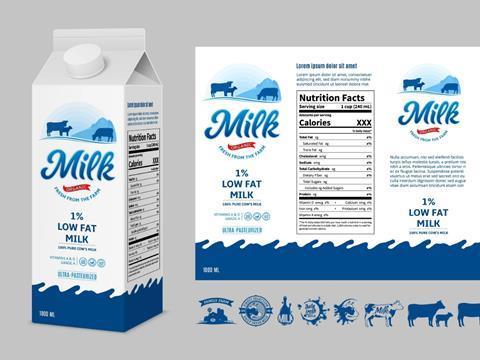
Prof. Christo Kaftandjiev, university professor and Ph.D. of packaging design, AI and digital marketing communications and marketing semiotics, outlines his expectations for sustainable European AI packaging design over the next 20 years.
In the next two decades, Europe’s sustainable packaging design will not evolve in a vacuum. Instead, it will be shaped (and sometimes warped) by unprecedented global pressures.
The merging of geopolitical conflicts, foreign influence, climate change, terrorism, material shortages, and authoritarian governance would create scenarios where packaging will be no longer just a marketing tool. It will become a political instrument, a survival device, and a moral statement.
Below are speculative yet plausible scenarios in which artificial intelligence (AI) plays a central role in redefining how packaging is designed, produced, and communicated.
(Similarly, many Europeans at the end of the 19th and beginning of the 20th centuries believed that Europe had entered a golden age of infinite peace and prosperity that would last for centuries to come.)
1. POSSIBLE CONFLICT BETWEEN THE EUROPEAN UNION AND ANOTHER SUPERPOWER
In the event of a prolonged conflict (war) between the European Union and another superpower, global trade routes would be severely disrupted. Traditional supplies of plastics, paper pulp, and metals could be cut off by naval blockades, sanctions, and cyberattacks. In such a situation, AI would be indispensable in building a self-reliant, wartime circular economy.
1.1. Hyper-localized and resource-efficient design
AI systems would map the continent’s agricultural, industrial, and municipal waste streams, finding unconventional yet abundant raw materials - potato starch from Poland, vineyard pruning from France, sawdust from the Baltics.
Every design would prioritize strength, biodegradability, and compatibility with regional manufacturing. Non-essential ornamentation would disappear, replaced by rugged, utilitarian forms. Even the shapes and sizes of packages could be standardized to save precious resources.
1.2. Digital twins for strategic planning
Before committing scarce physical materials, AI could generate “digital twins” of production facilities, simulating packaging performance under real-world wartime conditions. This would enable rapid, low-risk design adaptation as conditions changed.
1.3. Resilient supply chain integration
Smart tactical packaging - equipped with embedded chips or coded identifiers - would track location, contents, and condition. This would allow goods to be re-routed away from bombed transport hubs or frontline zones in real time. Manufacturing lines would become highly adaptive, instantly switching material inputs depending on local availability.
1.4. Managing consumer behaviour
With resources redirected toward the war effort, consumer consumption patterns would be tightly regulated. In-home AI waste sorters could track recycling compliance, rewarding citizens with ration points. Wartime boards could alter packaging regulations daily, with AI enforcing them across production and retail.
1.5. Patriotic communication
In this climate, packaging would become propaganda. Labels might proudly declare “Made with 78% recycled wheat husks from Bavaria” or “Produced in Warsaw for the European Defense Economy.” The visual style would lean toward plain, unbleached materials accented with EU blues and yellows, overlaid with bold, blocky slogans:
- Recycle for Victory
- Waste Nothing—Defend Everything
- Europe Endures

2. STRONG INFLUENCE OF CHINA ON THE EUROPEAN UNION
Under heavy Chinese economic and cultural influence, Europe’s packaging design could be reimagined as part of a shared Eurasian identity.
2.1. Cultural fusion
AI could merge Chinese and European motifs into seamless designs - bamboo patterns blended with Gothic tracery, dragons coiled alongside EU stars. Packaging would tell culturally tailored stories: European consumer might see messages of artisanal craftsmanship; Chinese consumer stories of tradition and family loyalty.
2.2. Value and practicality
In line with China’s efficiency-first approach, packaging would be optimized for e-commerce - lightweight, stackable, yet durable. Smart features like QR codes could link directly to freshness data or loyalty programs.
2.3. Eco–Silk Road messaging
Sustainability could be framed as part of a “One Continent, One Future” mission, with bilingual slogans such as Green Harmony and Europe in Symbiosis.
Maps of the Belt & Road Initiative might appear on packages, showing Europe as the proud western anchor of a zero-waste trade route.
State-defined sustainability
Environmental ratings could be determined by central authorities, with QR codes linking to curated propaganda rather than independent audits.

3. IMPACTS OF GLOBAL WARMING
With climate change intensifying, AI-designed packaging would address supply chain volatility, resource scarcity, and consumer mistrust.
3.1. Radical transparency
Products could feature digital “passports” detailing the full lifecycle of packaging materials - from origin to carbon footprint - accessible by scanning a code. Real-time dashboards might display a product’s environmental impact, updated as it moved through the supply chain.
3.2. Circular economy education
Packaging would double as a teaching tool, providing personalized disposal instructions based on local recycling facilities. Gamification - earning points or discounts for correct recycling - would make environmental responsibility engaging.
3.3. Minimalism as a statement
Lightweight, resource-optimized designs would be promoted with clear on-pack claims: Optimized for Minimal Material Use or Designed for Secondary Life. Built-in reusability would be common, with containers doubling as storage boxes or planters.

4. EUROPEAN UNION FACING CONSTANT TERRORIST THREATS
In a Europe under continuous terrorist pressure, packaging would become part of public security infrastructure.
4.1. Security features: AI could design tamper-proof packaging with blockchain-linked identifiers to verify authenticity. Tamper-evident seals might use color-changing materials that cannot be replaced once broken.
4.2. On-pack safety messaging
Packaging could display real-time threat guidance, emergency contact information, or instructions on what to do if a suspicious package is found. Hyper-local sourcing and ingredient traceability would reassure consumers about safety.
4.3. Functional minimalism
Decorative excess would vanish. Packaging would focus on clarity, durability, and speed of use, projecting stability and reliability.
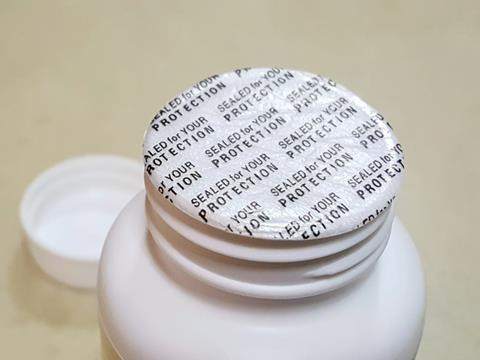
5. EUROPEAN UNION IN POVERTY AND MATERIAL SHORTAGE
In extreme scarcity, packaging would itself become a valuable commodity.
5.1. Secondary use as standard
Packaging might include pictograms showing how to fold it into a waterproof pouch, cut it into utensils, or repurpose it as building material. Labels would emphasize exact material composition and reuse potential.
5.2. Survival-oriented communication
Product wrappers could provide recipes, medical guidance, or emergency storage instructions. Long shelf life would be a key selling point.
6. AI-DRIVEN SUSTAINABLE PACKAGING IN A TOTALITARIAN EUROPEAN UNION – “1984”
In a society resembling Orwell’s 1984, packaging would be stripped of brand individuality and turned into a conduit for ideological loyalty.
6.1. Ideological sustainability
Environmentalism would be reframed as a patriotic duty: Every Gram Saved Strengthens Our Nation. Packaging would carry loyalty slogans alongside biodegradability claims.
6.2. Standardization over choice
AI could enforce identical sizes and shapes for all products, with only state-approved emblems differentiating them.
6.3. Propaganda integration
Visuals might merge environmental symbols with political icons—trees shaped like the leader’s silhouette, fields arranged to mirror national insignia. Augmented reality overlays could display loyalty scores disguised as eco-ratings.
6.4. Surveillance layer: Every scan of a package could report purchasing patterns to the state, with recycling compliance tied to political reputation.

Conclusion
Across all these scenarios, one thread remains constant: AI will not simply design packaging for functionality or beauty. It will design for control—of resources, of narratives, and of people. Whether in times of war, climate crisis, foreign influence, or authoritarian rule, packaging will serve as both a medium for goods and for ideology.
Christo Kaftandjiev is a university professor and Ph.D. of packaging design, AI and digital marketing communications and marketing semiotics. He conducts different seminars of packaging design as marketing communications; packaging in the frame of marketing communications; intercultural aspects of packaging; packaging and Transmedia; creativity and packaging; AI packaging, etc. in many European countries, universities, business conferences, summits, ad festivals and expos.
He will be also one of the speakers during the Sustainable Packaging Summit in Utrecht, 10-12 November, 2025.
You can find many of his analytical articles of packaging design, marketing communications, Transmedia, semiotics, etc. in his LinkedIn media blog:
https://www.linkedin.com/in/christo-kaftandjiev-3803366/recent-activity/articles/
If you liked this story, you might also enjoy:
The ultimate guide to the Packaging and Packaging Waste Regulation in 2025
How are the top brands progressing on packaging sustainability?
Everything you need to know about global packaging sustainability regulation in 2025
The key to increasing the use of reusable packaging in supermarkets

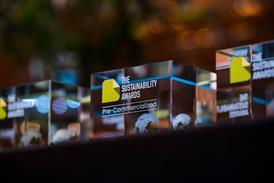
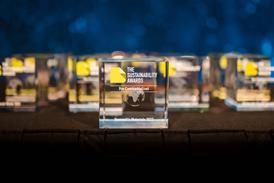
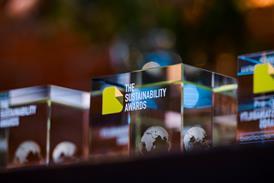

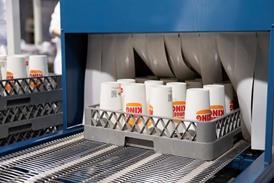






No comments yet